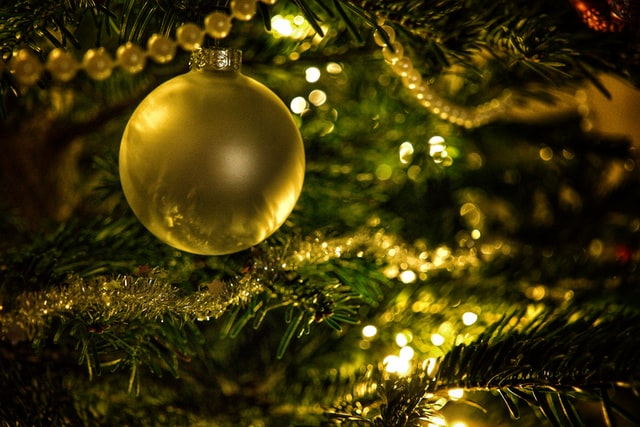SCBI: real vs. fake Christmas trees
Most people tend to have a preference when it comes to many things, including Christmas trees. However, not everyone stops to think about the environmental impacts of their choices. Some people assume that getting an artificial tree means not contributing to deforestation and is hence making the more environmentally friendly choice. If only it were as simple as that! There are a number of factors such as the suppliers and the tree lifespan that contribute to the complexities of choosing an environmentally friendly tree.
The huge downside of artificial trees is that they are made from plastic. This means that two thirds of their carbon footprint come solely from the production process.
Sending an artificial tree to landfill may mean that it stays there for hundreds if not thousands of years, all while contributing to greenhouse gas emissions
On the other hand, even though a 6.5ft artificial tree has a carbon footprint of roughly 40kg of greenhouse gas equivalents, it is not all bad news. The longer you keep the same tree, the less of an impact it will have. Most artificial trees in stores today are made to last for longer than just one Christmas. The only obstacle in this case is your budget, as the higher quality materials translate to a more costly end product.
The purchase of real trees presents its own drawbacks. For one, by fuelling the demand for real trees, you are contributing to deforestation and consequently funding the removal of nature’s carbon dioxide regulators. On top of this, they are usually shipped over long distances before they reach your local shop and soon after, your home. However, the impact on the planet can be minimised.
If you chose to buy a tree that was grown locally, the carbon emissions from long-distance transportation would be significantly reduced
Another factor that is important to consider is how to dispose of your tree. Whether you keep the real tree growing in its pot or chop it up to use in the garden/compost, the effects are negligible.
From my perspective, the real tree seems to be the more eco-friendly choice, provided that you keep it alive for more than one Christmas (or as long as possible!) and then dispose of it in a responsible way such as by composting. Whilst this is optimal, it does require more effort and is not very practical for people with limited space or without a garden, so purchasing artificial trees is not only an understandable option, but potentially a good one.
A less well-known option is to rent a real Christmas tree
Rental is not available in all locations, but some garden centres and organisations run such services in the festive period so it is worth checking. This is a very eco-friendly option as you house the tree for a short period of time and then it will be reused for (hopefully) years to come. Therefore, you are not contributing to the mass of Christmas trees which are discarded after one use and often end up in landfill. This being said, as with most eco-friendly alternatives, it can be a little more pricey.
If you are investing in an artificial tree, do try to keep it for as long as you possibly can – my family has had the same artificial tree for many years now and we have no intention of throwing it out just yet. More generally, it is always best to use up what you already have before buying something new, but in the search for something new (in this case a Christmas tree), do consider the various factors mentioned above!

Comments